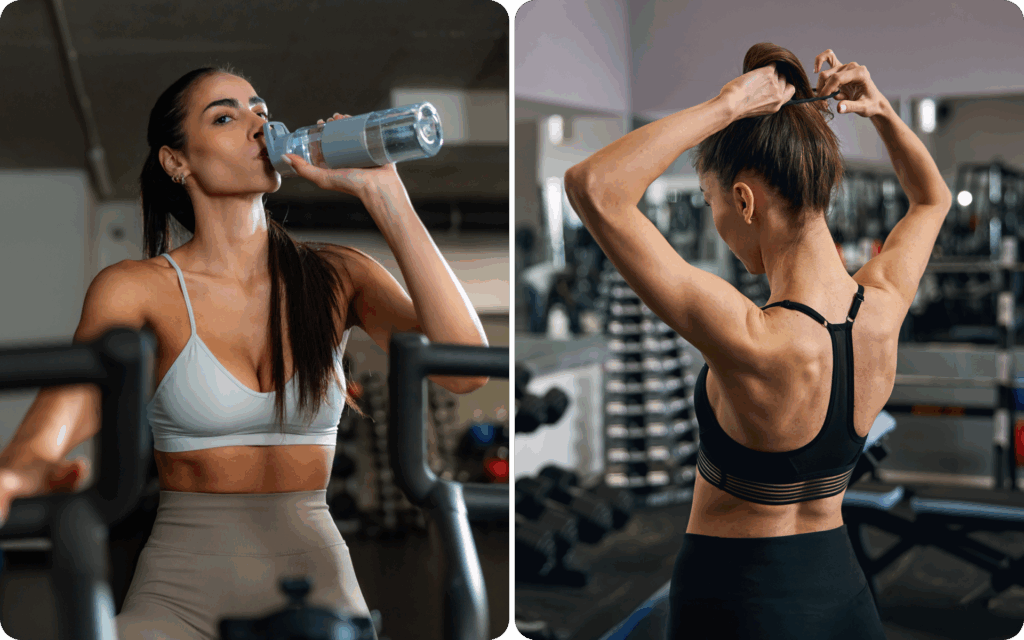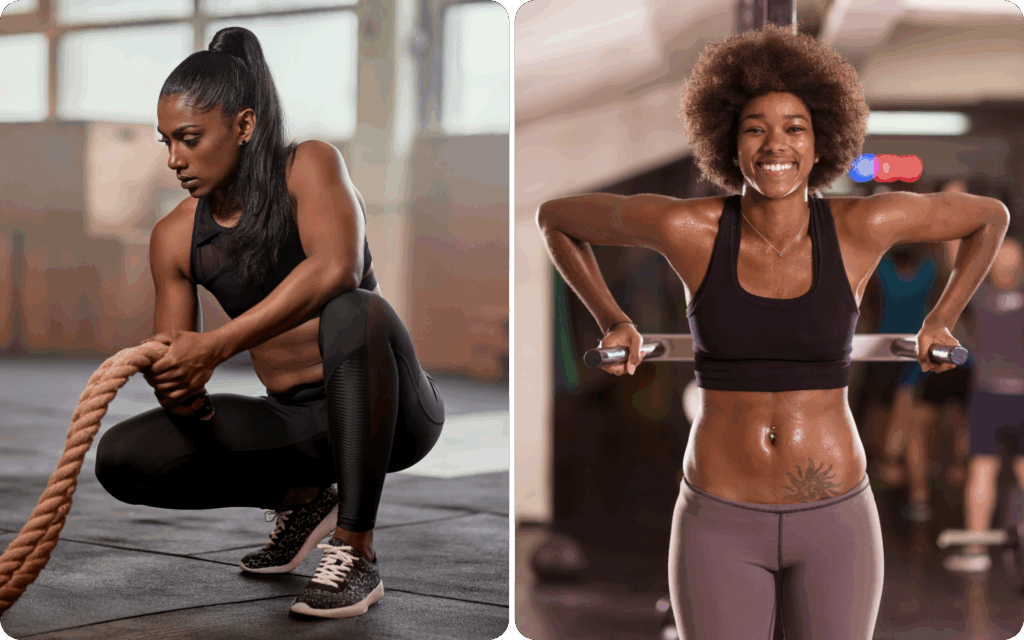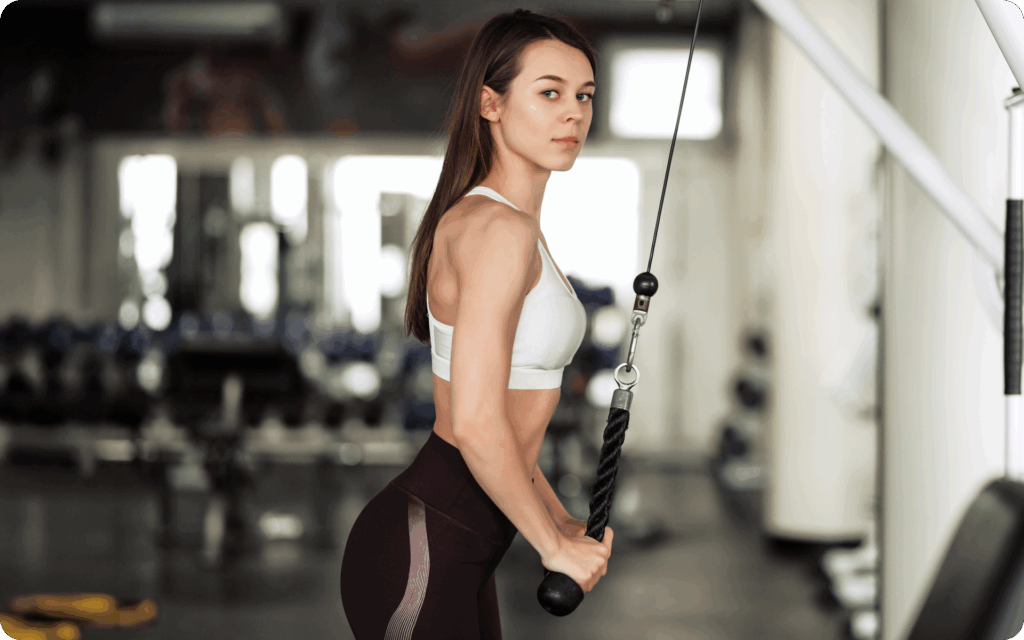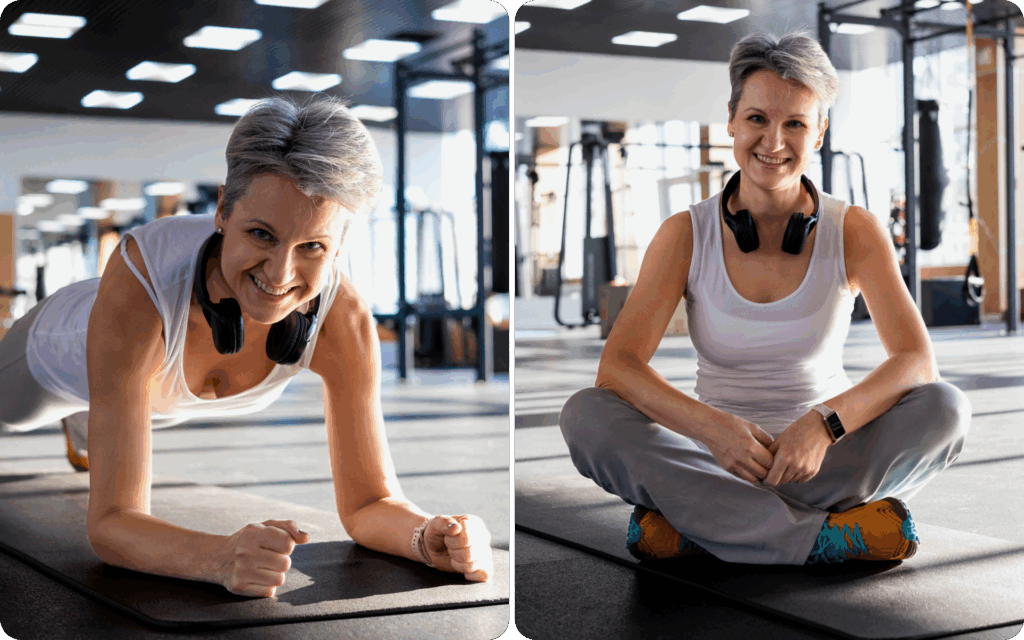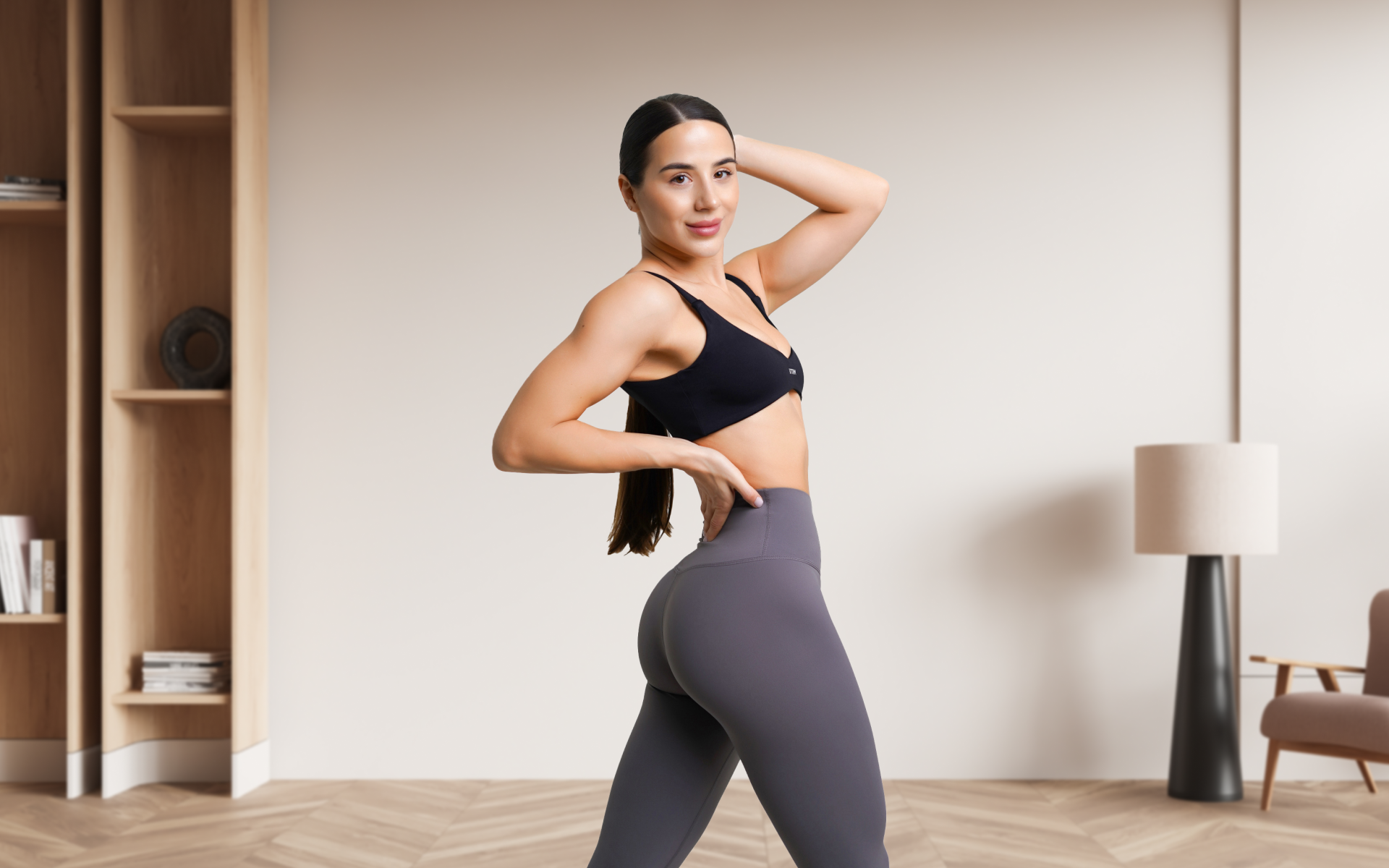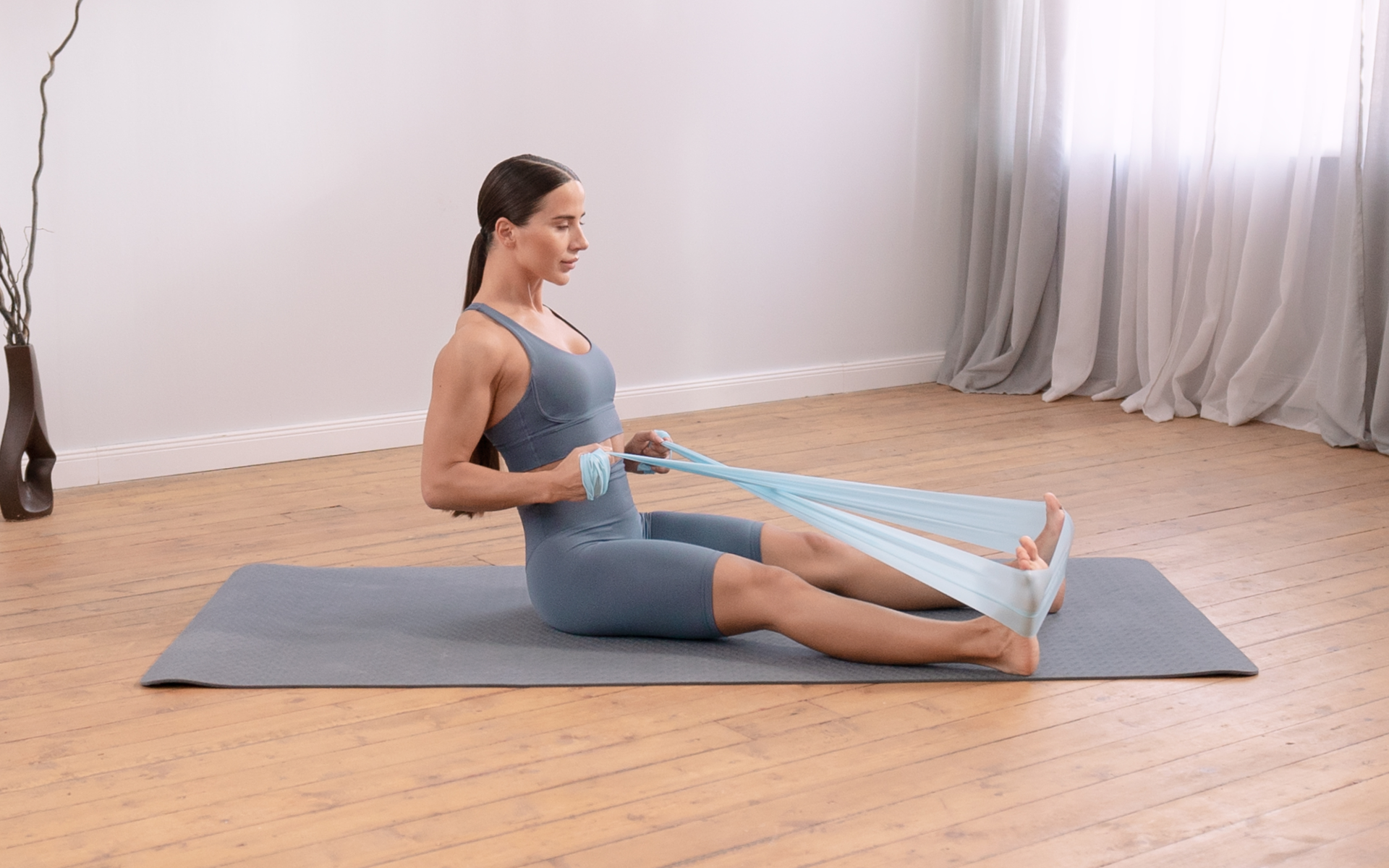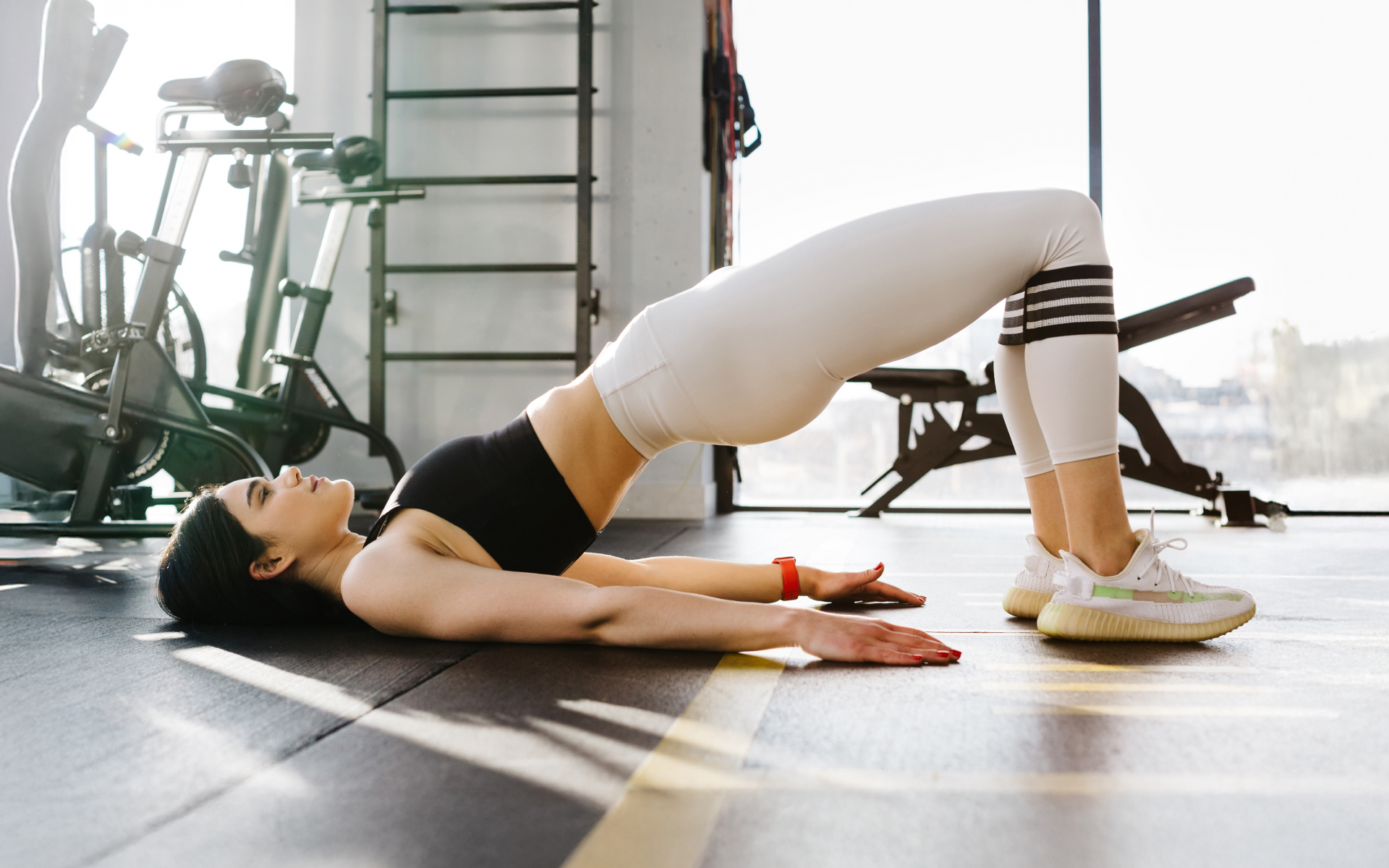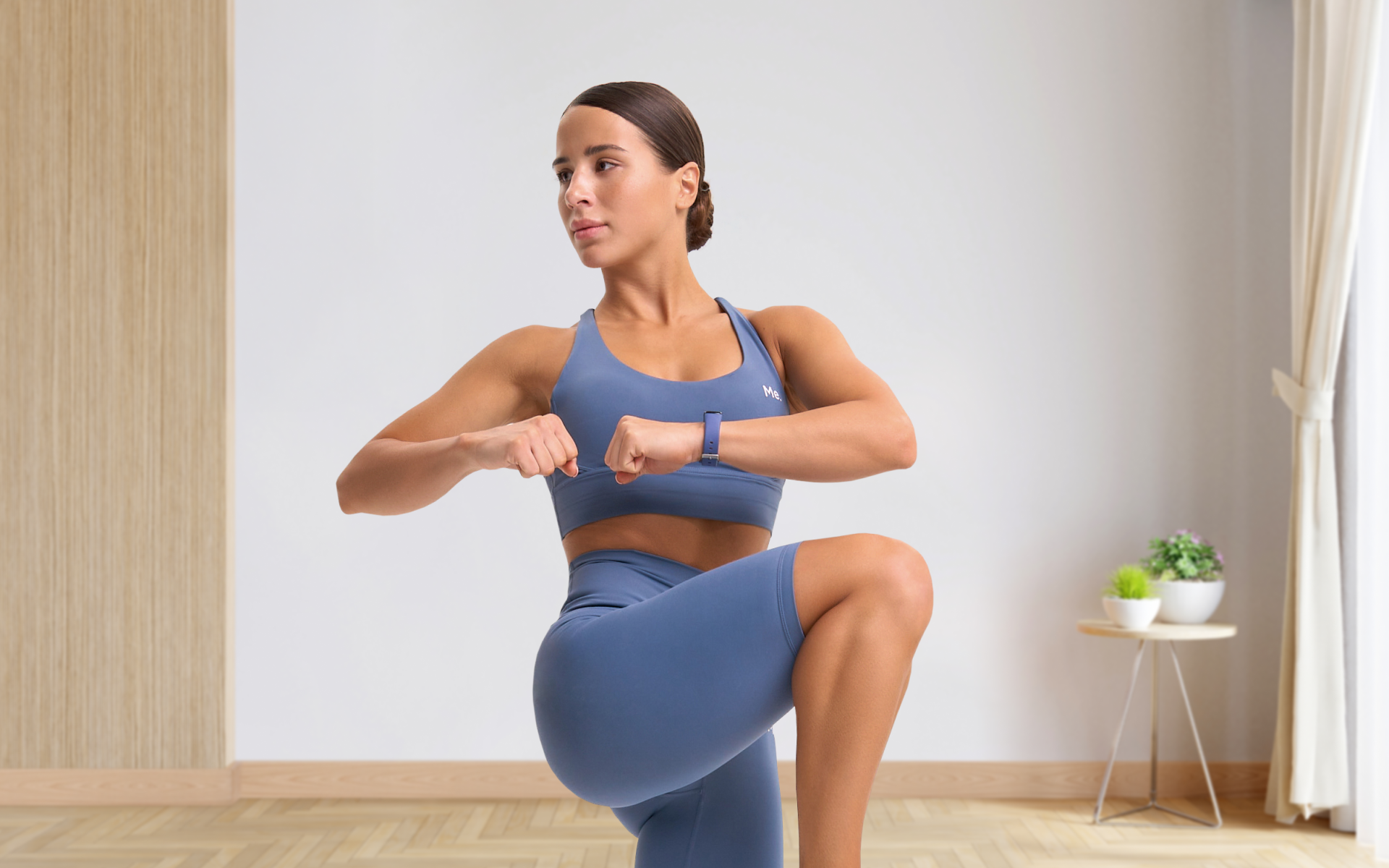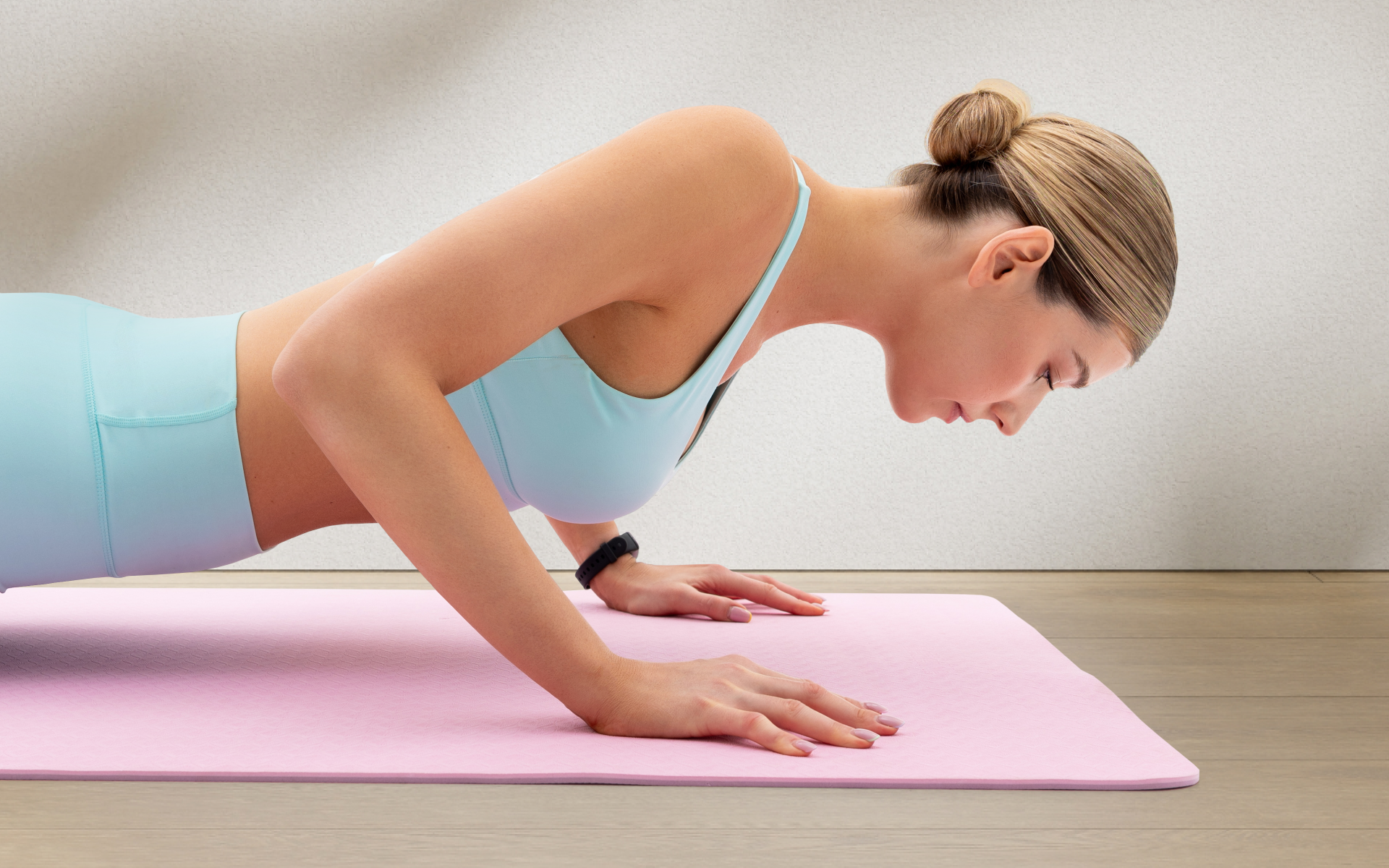If you think about it, strong forearms are the unsung heroes of many calisthenics exercises. They’re great for grip strength and also play a major role in improving your performance in many upper-body workouts, from regular push-ups to handstands.
If you’re looking to build powerful forearms without the hassle of free weights or gym machinery, then calisthenics forearm workouts are an accessible and powerful alternative. Whether you’re a beginner or an advanced athlete, these bodyweight forearm exercises with no equipment required allow you to train anywhere while still developing your strength, endurance, and muscle definition.
Let’s dive in and explore some of the best forearm bodyweight exercises.
What Are Targeted Forearm Workouts in Calisthenics?
Targeted forearm workouts in calisthenics are exercises that specifically focus on and directly target the muscles in the forearm rather than working them indirectly. In general calisthenics, there are many exercises that work the forearm muscles, such as pull-ups and push-ups.
However, they do this indirectly. Targeted exercises go a step further and deliberately engage the muscles in the forearms. By doing this, it helps improve your grip strength and wrist stability and enhances performance in other upper-body exercises.
Note that unlike forearm workouts with dumbbells, in calisthenics, you’re only reliant on your bodyweight to create resistance and build strength, endurance, and muscle tone.
Can I Make My Forearms Bigger?
Yes, you can – and a forearm calisthenics workout with no equipment routine is exactly what you need for that. Think of your forearms the way you would any other muscle, such as the biceps, for example. If you want to make your biceps bigger, you’ll need to do exercises that both directly and indirectly target these muscles.
The exercise in question causes small microtears in the muscle (1, 2). When you rest and consume enough protein, these microtears repair and heal themselves, which improves the muscle mass (size), strength, and endurance of the biceps.
The same thing happens with the forearms. By doing calisthenic forearms exercises at home, the gym, or outdoors, you’ll cause tears in the muscles, which will lead to larger forearms with time, consistency, rest, and enough protein intake.
When exercising for increased muscle hypertrophy, researchers recommend increasing your protein intake from 0.8 g of protein per kilogram of body weight a day to around 1.2-1.6 g of protein per kilogram of body weight per day (3).
Reasons why BetterMe is a safe bet: a wide range of calorie-blasting workouts, finger-licking recipes, 24/7 support, challenges that’ll keep you on your best game, and that just scratches the surface! Start using our app and watch the magic happen.
Are Forearms Difficult to Grow?
They can be, but it’s not impossible to grow them. Some potential reasons why you may be seeing slow growth in your forearms include:
- Genetics
Your genes play a role in weight loss and they do the same in muscle growth rate. In one review published in 2011, researchers stated that your genetics influence approximately 50% to 80% of how much muscle you have before you start training and how much muscle development you can see after you start training (4).
So, if your family members don’t have large forearms, chances are that you also won’t have large forearms. However, this doesn’t mean that they will stay small forever. Exercise can help increase their size, so don’t be discouraged.
- Number of Muscles in the Forearm
Unlike the upper arm, which only has four muscles – the biceps brachii, brachialis, and coracobrachialis are located in the anterior (front) compartment, and the triceps brachii is in the posterior (back) compartment (5) – the forearm has 20 different muscles divided between the anterior (flexor) and posterior (extensor) compartments (6).
Growing 20 small muscles will take much longer than growing four moderately sized muscles. So if you see slower progress in your forearms than in your upper arms, don’t worry – just be patient and remain consistent with your routine and protein intake. The biceps, deltoids, and triceps will all naturally be larger than any of the forearm muscles, so when these three grow, it will likely be much more noticeable than the smaller forearm muscle group.
- Types of Workouts Done
When you look up calisthenics arm workouts, most of them will offer exercises that target the upper arm muscles. While these exercises also work the forearms, they’re not targeted forearm workouts, which can lead to slower results in this specific area. To change this, ensure that you always include targeted forearm exercises with no equipment options in your arm/upper-body calisthenic routine.
- Poor Grip Strength
Poor grip strength will negatively affect forearm muscle growth as it prevents you from fully engaging these muscles during your forearm calisthenics at-home routine. Work on improving your grip strength through exercises such as plate pinches, hand gripper exercises, farmer’s walks, dead hangs, and wrist curls. This will help you engage the forearms better, which could lead to faster muscle growth results.
Read more: How To Start A Beginner Calisthenics Routine (And Stick To It)
How to Build Forearms in Calisthenics
As previously mentioned, to develop this area, you’ll need a combination of workouts that target the forearms both directly and indirectly. You also need to increase your protein intake to help fuel increased muscle mass and strength in the forearms. Ensure that you also rest and don’t overexercise your arms, as this could lead to overtraining, which will have a negative impact on your progress.
What Are Some Powerful Forearm Workouts in Calisthenics?
Here are some calisthenics exercises that focus on grip and forearm muscle activation:
Dead Hangs
You’ll need a pull-up bar and a box, step, or bench to step on.
- Step on the box, step, or bench so you can easily reach the pull-up bar. Don’t jump to reach it.
- Grip the bar with your palms facing away from you, aka an overhand grip. Ensure that your arms are shoulder-width apart.
- Step off the box so you’re hanging on to the bar with just your hands. Stay relaxed and don’t bend your arms.
- Beginners should try to hang for 10 seconds, and more advanced exercisers can try to hang for 45 seconds to a minute.
- To get off the dead hang, move your legs back to step back on the box, then release your arms from the bar.
In addition to increasing the time you hold the hang, you can practice progressive overload (7) by:
- Doing dead hangs using overhead rings instead of a bar (they are more unstable)
- Using a neutral grip (palms facing toward you instead of away from you)
- Doing a one-handed dead hang
BetterMe will shake off your mental funk, rid you of your energy-zapping habits, and help you sculpt the body of your dreams. Intrigued? Hurry up and change your life for the better!
Wrist Walks
This is a calisthenic variation of the farmer’s walk, which is one of the most popular forearm workouts that is done with dumbbells or kettlebells. Wrist walks help strengthen the forearms and wrists and are a great addition to any arm workout warmup routine.
- Stand near a wall with your arms straight. Place your palms against the wall, with your fingers pointing up.
- Keeping your palms against the wall, walk your wrists down the wall as far as you can.
- Turn your hands around so your fingers are pointing down. With your palms against the wall, walk your wrists back up as far as you can.
You can increase the intensity of this by:
- Walking your wrists up and down the wall
- Getting into a high plank position and doing the wrist walks
Rope Pull-Ups/Rope Climbs
This is a variation of the traditional pull-up that involves gripping a rope to pull yourself up instead of a pull-up bar. As with regular pull-ups, this variation targets the back, biceps, shoulders, and forearms, but goes further by incorporating more grip work than traditional pull-ups.
To do this exercise, simply:
- Hang a rope over a pull-up bar, grip each end, and pull yourself up, aiming to get your chin above your hands.
- Make sure to keep your shoulder blades down and squeezed back at the top, and control your descent.
Some CrossFit gyms have hanging ropes that you can use for this exercise.
Towel Pull-Ups
As with rope pull-ups above, the exercise targets the same muscles as traditional pull-ups while requiring more work from your forearms and grip strength. To perform the exercise:
- Step on a box or bench to help you get closer to the pull-up bar.
- Place a large towel or two small towels over the pull-up bar and grab the ends of the towel with an overhand grip. Ensure that your hands are shoulder-width apart.
- With your hands grabbing the towel ends, step off the box and hang. Don’t bend your legs or arms, and engage your core.
- Pull yourself up by pulling your shoulder blades down and pulling your elbows toward your body. Pull yourself up till your chest reaches your hands and pause here for a second or two.
- Straighten your arms to slowly lower yourself back to the starting hanging position. This is one rep.
Fingertip Push-Ups
This advanced push-up variation helps build your forearms, fingers, chest, shoulders, and triceps. It also engages the core and lower back, which helps with stabilization and requires activation of leg muscles for maintaining body alignment.
- Start by getting into a traditional push-up position with your hands under your shoulders, your toes tucked, and your knees under your hips.
- Instead of placing your palms on the floor, raise up to your fingertips. In this way, your weight is supported by your toes and fingertips. You can switch to your knees if balancing on your toes is too much for you.
- Slowly descend to the floor by retracting your shoulder blades and bending your elbows.
- Lower your body until your upper arms are parallel or your chest touches the floor. Pause.
- Push back to the starting point by extending your elbows and driving your palms into the floor. This is one rep.
- Repeat for the desired number of repetitions.
These are some of the many forearm-targeting exercises you can do to help build muscle mass and strength in this area. Check out our article on resistance bands for arms to see how you can increase resistance for calisthenic arms workouts.
Read more: Female Calisthenics Body: The Benefits of this Routine and the Best Beginner Exercises to Try
Can I Train My Forearms Every Day?
No, you can’t. It is not recommended to train forearms or any other muscle group daily. Doing so can lead to overtraining, which will increase your risk of overtraining syndrome and injury (8). If you wish to train your forearms more than once a week, you can do so up to twice a week on non-consecutive days. Also remember that the forearms are responsible for grip strength, so even if you’re not directly working them, they’ll still be used for the majority of exercises in the gym and throughout your daily functional life.
Yes, traditional push-ups do hit the forearms, albeit not directly. For direct forearm muscle activation during pull-ups, try the above-mentioned finger, towel, or rope pull-ups. Bicep curls are primarily a bicep-targeting exercise, although they do indirectly target the forearms. If you want more forearm activation during this exercise, changing your grip on the weight and increasing wrist flexion can help achieve this. However, this could lead to your wrists and forearms fatiguing before your biceps. As demonstrated above, yes, they do. Yes, they can help grow your arms and increase grip strength. However, it’s recommended to invest in good quality hand grippers and do other wrist and forearm workouts rather than relying on hand grippers alone for success.Frequently Asked Questions
Do push-ups hit your forearms?
Do bicep curls work your forearms?
Do dead hangs build your forearm muscles?
Do hand grippers grow your arms?
The Bottom Line
Forearm calisthenics workouts are a great way to increase your forearm muscle mass, strength, and endurance. The best results are achieved by combining exercises that both directly and indirectly target the forearms and grip strength. For the best results, remember to perform forearm warm-up and cool-down exercises before and after your workout. Consume a higher protein diet and remember not to overtrain, as this will jeopardize your progress and health.
DISCLAIMER:
This article is intended for general informational purposes only and does not serve to address individual circumstances. It is not a substitute for professional advice or help and should not be relied on for making any kind of decision-making. Any action taken as a direct or indirect result of the information in this article is entirely at your own risk and is your sole responsibility.
BetterMe, its content staff, and its medical advisors accept no responsibility for inaccuracies, errors, misstatements, inconsistencies, or omissions and specifically disclaim any liability, loss or risk, personal, professional or otherwise, which may be incurred as a consequence, directly or indirectly, of the use and/or application of any content.
You should always seek the advice of your physician or other qualified health provider with any questions you may have regarding a medical condition or your specific situation. Never disregard professional medical advice or delay seeking it because of BetterMe content. If you suspect or think you may have a medical emergency, call your doctor.
SOURCES:
- Muscle damage from eccentric exercise: mechanism, mechanical signs, adaptation and clinical applications (2001, pmc.ncbi.nlm.nih.gov)
- The mechanisms of muscle hypertrophy and their application to resistance training (2010, pubmed.ncbi.nlm.nih.gov)
- Systematic review and meta-analysis of protein intake to support muscle mass and function in healthy adults (2022, onlinelibrary.wiley.com)
- Genetic influences in sport and physical performance (2011, pubmed.ncbi.nlm.nih.gov)
- Anatomy, Shoulder and Upper Limb, Arm Structure and Function (2023, ncbi.nlm.nih.gov)
- Anatomy, Shoulder and Upper Limb, Forearm Muscles (2023, ncbi.nlm.nih.gov)
- Progressive overload without progressing load? The effects of load or repetition progression on muscular adaptations (2022, pmc.ncbi.nlm.nih.gov)
- Overtraining Syndrome A Practical Guide (2012, pmc.ncbi.nlm.nih.gov)

